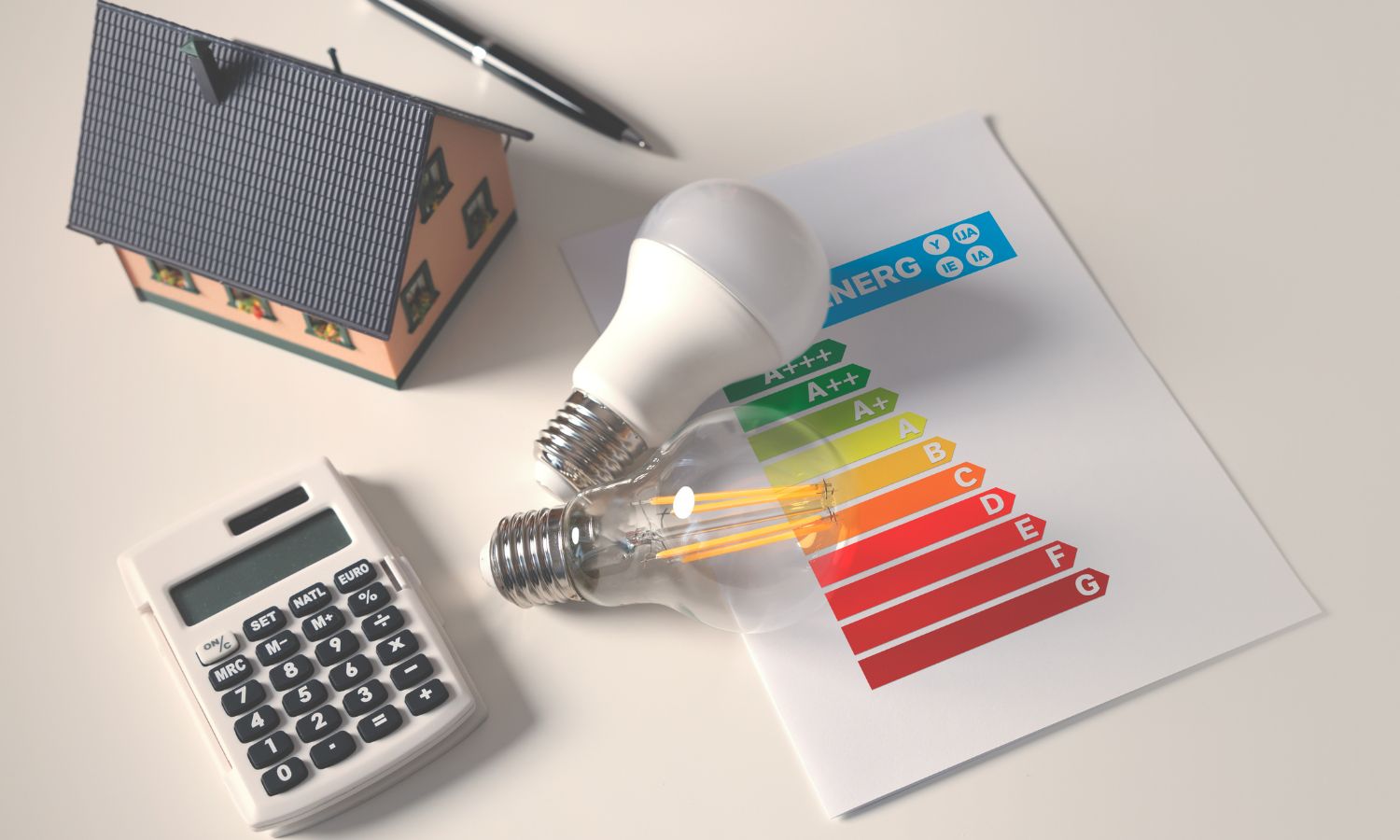
How to Make Your Home More Energy Efficient
Making your home more energy efficient is not just beneficial for the environment; it can also significantly reduce your utility bills. You can save money and make your home more comfortable by making a few changes to your daily habits.
In this blog, we will explore practical steps and innovative solutions to increase the energy efficiency of your home. From simple behavioral adjustments to more significant home improvements, we’ll cover a range of options suited for different budgets and lifestyles, ensuring that you can find effective ways to conserve energy and contribute to a more sustainable future.
1. Take care of your furnace
Older models can be improved to make them more energy efficient. The first step is to have your furnace serviced annually by a professional. This will include cleaning parts that you cannot see or reach, and making sure the furnace is not working harder than necessary. If you have done renovations, or if your home has pets, replace filters every three-months to ensure air flows easily into your unit. This will also extend the life of your furnace.
2. Wrap the water heater
Water heaters that heat water only when needed are the most energy-efficient. Wrap electric hot water tanks in an insulating cover to reduce heat loss.
3. Seal ductwork
Joints in the ductwork can allow hot air to escape. This means that you are paying for heat in places you don’t need (for example, an unfinished cellar) but not receiving heat where you want it (upper floor rooms). You can help by applying heating-vent tape at all visible joints.
4. Test Windows and Doors
You’ll waste energy heating and cooling your house if you don’t have an airtight seal. Holding a lit incense or candle near window frames and doorways will reveal any drafts. You have a draft if it flickers. Install or replace weatherstripping and door sweeps, as well as caulk around the frame. In the colder months, exterior window films will improve efficiency.
5. Spray Foam Insulation
Spray foam insulation is a powerful tool in boosting your home’s energy efficiency. When applied, it expands to fill gaps, preventing air leaks that are common in traditional insulation materials. This airtight seal keeps your home warmer in winter and cooler in summer, reducing the need for excessive heating and cooling. As a result, spray foam insulation not only lowers energy bills but also reduces strain on HVAC systems, extending their lifespan. But be sure to choose the right spray foam contractor since the application can directly affect the performance of the insulation product.

6. Use ceiling fans
Ceiling fans can be used to cool down bedrooms but not your entire home, especially during the night. Most fans have a reverse option which pushes warm air into the room.
7. Use large appliances at night
All three appliances use a great deal of energy, and they run for long periods. Try to shift your schedule if you’re on time-of use rates. Wash clothes or dishes at night or on weekends. Consider using the air-dry feature on your dishwasher, and washing your clothes on a shorter wash cycle.
8. Install a clothesline
Up to 6% of the total energy used in a home can be attributed to dryers. When possible, hang your clothes outdoors during warm months.
9. Clean large appliances
The motors will work harder and use more energy if the exhaust vents at the rear of your refrigerator or clothes dryer are clogged. Vacuum these areas at least twice a year.
10. Automated usage
Smart thermostats can cut your heating and cooling bills by as much as 15%. It works by learning your habits, and automatically adjusting the temperatures. A smart thermostat, for example, will adjust the temperature automatically if, at 10 pm, you usually lower it before going to bed. A smart thermostat can be controlled via an app whether you are at home or away. If your schedule suddenly changes, you can still control your heating and cooling expenses from your phone.
You can also save money by automating your lighting. Install motion sensors and dimmer switches for lights that will turn off the lights when you leave the area.
11. Fight phantom power consumption
Plug in electronic appliances and countertop appliances into a power strip and set it to turn off at night. Even when not in use, TVs, cable boxes and PVRs drain energy. It’s easy to turn them off when they are all connected to a power bar.
12. Watch out for the Chargers
Even when there is no device attached to the charger, it continues to draw energy. Unplug the charger once your phone, tablet or other device is fully charged. It will continue to draw energy if not.
13. The Roofing Material
Of course, you are not going to change the roof on your home just to make your home more energy efficient. However, if you are already in the market for a new roof, consider the different types of roofing materials available. Each material will affect your home’s energy efficiency in their own way.
14. Energy audits are a great investment
A professional can help you save money and improve your home after you have done all you can. You can always ask your home inspection company for recommendations for energy audits.
In conclusion
Enhancing your home’s energy efficiency is a valuable endeavor that pays dividends both environmentally and financially. By implementing the strategies discussed in this blog, from minor behavioral changes to major renovations, you can significantly reduce your energy consumption and carbon footprint.
Remember, every small step towards energy efficiency contributes to a larger impact on our planet. We encourage you to start today, embrace these sustainable practices, and join the growing community committed to a greener, more energy-conscious world.
